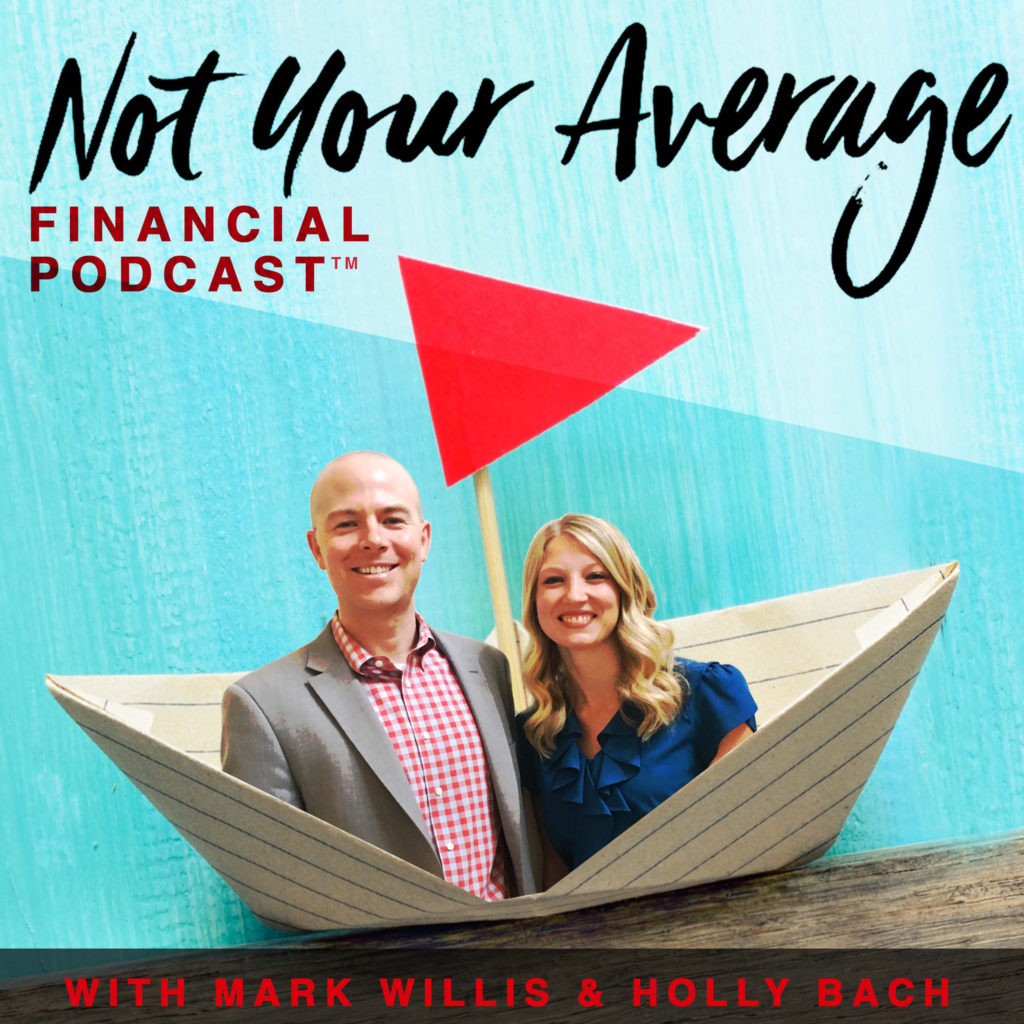Podcast: Play in new window | Download
Subscribe: Apple Podcasts | Android | RSS
In this episode, we ask:
- Is it possible that you’ve been told something that isn’t true?
- What is the 10/10/10 rule?
- What about 10 percent to short term needs?
- What about 10 percent to anticipated mid-term needs?
- What about 10 percent to long term retirement planning?
- How the heck can I save 30% of my income?!
- What is the average American’s savings rate?
- How am I supposed to squeeze even 2% savings out of our income?
- What are some strategies to get a larger savings?
- How might you restructure your debt?
- How might you rethink your tax refund?
- How can you get a bigger paycheck throughout the whole year?
- What lifestyle changes can you adopt?
- Do you need to buy a car annually?
- Can you carry your coffee from home in lieu of buying out?
- How much can you save by switching to a lower cell phone plan?
- How can you find a way to not use a traditional cable subscription?
- How much can you save annually?
- Have you heard our Habit Shift episode, Episode 46?
- What are some additional strategies?
- How can you work with your 401(k) and other long term savings?
- Can your short term needs be taken care of first?
- Have you considered liquidating illiquid assets?
- What good does a 12% return on your brokerage account do for you?
- How much does the average American spend on debt payments? 34%
- Is the bottom of your bucket leaking faster than the money coming in?
- When did we shift from savings to debt?
- How could past generations save 30%?
- How did we flip it upside down?
- How can we right the ship?
- Do you have to wait for Congress or your employer to start saving?
- What is the best plan?
- What if you can’t save 30%? 10/10/10
- Can you save 6%? 2/2/2
- Can you save 15% 5/5/5
- Can you save 21? 7/7/7
- What’s possible for you?
- Can you put your savings on autopilot?
- Can you track your progress?
- Can you make more income?
- Can you live within your means?
- Can you save?
- Where can you save?
- What is the foundation of the financial pyramid?
- Where can you stash your cash?
- For Safety and Liquidity
- Under your mattress, in a tin can, stashed in the basement, inside a safe, in the drywall, in a hole in the yard (liquid, no interest, poorer security, loss, inflation issues, may literally be eaten by pests)
- Savings Accounts (automatic transfers, banks pay virtually no interest)
- Certificates of Deposit (CDs) (varying terms, higher interest than a savings account, fees for terminating early, safe, guaranteed, not as liquid)
- Money Market Accounts (insured, earns a bit of insurance, lump sums required, withdrawals are limited)
- Money Market Mutual Fund (comes with a higher interest rate, a subset of mutual funds, restrictions and limitations, low returns, no insurance, relatively safe)
- Dividend Paying Whole Life Insurance (a blend of life insurance and savings, benefits while you’re alive, compound interest, cash equivalent, liquid, guaranteed, comes with increasing values for the rest of your life, safe and liquid, borrow at below market rates, mutual benefits, established) What is diversification? Insurance against loss. What is the best financial vehicle that solves against loss? Insurance.
- Watch out, there is a high likelihood these are problematic: Variable Life (risky, increased expenses, lacking guarantees), Indexed Universal Life (risky, penalties), Term Insurance (not liquid, only “renting” a death benefit).
- Downsides: Long term commitments. Sounds easy, but it may be hard to save consistently over the long term. Keep it for 10 years or longer, ideally over your whole life. Whole Life Insurance contracts are not a get rich quick scheme — they require discipline.
- For Safety and Liquidity

